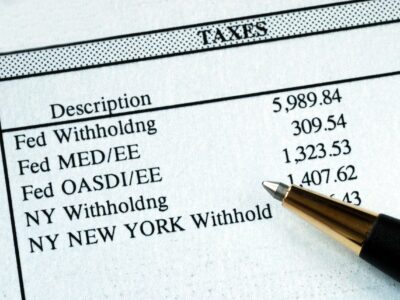Content

Knowing the normal balances of accounts is pivotal for recording transactions correctly. It aids in maintaining accurate financial records and statements that mirror the true financial position of your business. Misunderstanding normal balances could lead to errors in your accounting records, which could misrepresent your business’s financial health and misinform decision-making. Accounts payable is a general ledger account that showcases the amount of money that you owe to your creditors/ suppliers. Say you receive an invoice mentioning the payment terms from your supplier.
- This is in case you are using Quickbooks Online accounting software.
- The normal balance for each account type is noted in the following table.
- The term accounts payable (AP) refers to a company’s ongoing expenses.
- Accounts payable include all of the company’s short-term obligations.
- By contrast, a company in financial trouble will often have more liabilities than assets.
- Besides his extensive derivative trading expertise, Adam is an expert in economics and behavioral finance.
Likewise, you can also offer discounts to your customers so that they can make early payments against the accounts receivable. Paying accounts payable on time would strengthen your company’s relationship with your suppliers. In return, the suppliers would offer attractive discounts so that you can save more and stay connected with the supplier. Then, you need to calculate the average amount of accounts payable during such a period. Finally, you can calculate the accounts payable turnover ratio using the following formula.
Permanent and Temporary Accounts
When asking “What is normal balance,” it’s worth taking the time to also look at contra accounts. Accounts payable are found on a firm’s balance sheet, and since they represent funds owed to others they are booked as a current liability. It is useful to note that A/P will only appear normal balance of accounts under the accrual basis of accounting. For those that follow the cash basis, there won’t be any A/P or A/R on the balance sheet at all. This is due to under the cash basis of accounting, transactions only be recorded when there is cash invovled, either cash in or cash out.

Accounts payable turnover refers to a ratio that measures the speed at which your business makes payments to its creditors and suppliers. Thus, the accounts payable turnover ratio indicates the short-term liquidity of your business. It reflects the number of times your business makes payments to its suppliers in a specific period of time. In other words, the accounts payable turnover ratio signifies the efficiency of your firm in meeting its short-term obligations and making payments to suppliers. Accounts payable (AP) refer to the obligations incurred by a company during its operations that remain due and must be paid in the short term. Typical payables items include supplier invoices, legal fees, contractor payments, and so on.
Revenues
However, too low accounts payable indicates your business is giving up on the benefits of trade credit. Trade credit is an essential source of finance for small businesses. It is especially important when firms find https://www.bookstime.com/ it challenging to obtain funding via financial or credit institutions. Since the financial crisis, trade credit in the form of accounts payable and accounts receivable has become a stable source of finance.
Balance sheets include data up to a certain point, typically the end of a financial quarter or year. For a credit account, the contra account is a debit account, and for a debit account, the contra account is a credit account. As a result, the natural balance of a contra account is always opposite to the original accounts.





